Big winds are starting early this year, the forecast is for a colder winter here. I n=know our winters are nothing like those from the rest of Canada and much of North America, we are wet and very slippery with ice here if it gets cold. With cold weather comes more brilliant colors in the departing leaves which are on the trees. So here we are in the blustery weather wanting to go and walk in the forests and big parks to see bright colors. Some of the best color comes from the Quercus family and without a doubt the absolute star in the family is Scarlet Oak (Quercus coccinea). All I can say is Blaze on and warm us up with your firey flame-like leaves!
Scarlet Oaks are one of the trees which people think of when they want to experience the colors of autumn in eastern North America. The colors are so fine that many people take tours through the northern United States and eastern Canadian provinces to experience it. I have never been myself but can imagine how breath-taking it must be based on the color of the same trees here.

As the leaves of Quercus coccinea breakdown anthocyanins are released giving the leaves their red coloring.
Part of the reason of the strong bright colors in Quercus coccinea has to do with how the leaves break down in the fall. The component which affects color is anthocyanin( giving reds and blues) which is stored in the natural sugars found in the leaves. As the leaves start to break down in the fall the anthocyanins are released and their red and blue tones effect the color of the leaf. Many leaves of other trees change into yellow and orange tones which are caused by xanthophyll and carotenoids.It is surprising we get such good color because we are not that cold in the autumn here.
Scarlet Oaks are widespread in the east growing from Maine to Alabama and east into Oklahoma. It is a tree which tolerates a fairly wide range of conditions but often is seen growing in upland forests, ridges and hillside where the conditions are a bit drier and the soil is often is sandy and gritty. These are trees of the upper canopy and do not like to be in the shade.
Quercus coccinea grow to be large trees of up to 24m(80ft). When they are young they have a more pyramidal shape and with age get a more rounded shape. The leaves are deeply lobed which gives this tree a more lacey feeling and more delicate look compared to others of the species. The tree here which might be mistaken for Scarlet Oak is the Pin Oak (Quercus palustris), it needs a damper site and is more likely to be seen up island or in the Vancouver area which have more rain compared to the drought here.
Scarlet Oaks are considered to be the best of the species to grow because of their adaptability to soils and water, their brilliant color and their tolerance of urban conditions. They like an average to sandy soil which is on the acidic side to keep them from getting chlorosis. They are naturally from drier sites but tolerate damper sites as long that there is good drainage. These trees require full sun to perform their best. These trees are popular with landscapers and are often seen in industrial and commercial settings, here they are seen around parking lots and in parks. These trees have attractive foliage and bark.
The acorns of Scarlet Oaks can be hard to come by here with the Squirrels which eat store them. They are 1-2.5cm(1/2-1in.) long with their cap covering half the nut from the top. Acorns are produced in large quantity every 3 to 4 years. Propagation is by seed which has to be collected before the squirrels get the best ones. Check your harvest in a bucket of water and throw away any that float. The seed has a short period of viability and needs to be sown as soon as possible.

Broadmead Village Shopping Centre has some of the best Scarlet Oaks and other autumn color in the Victoria area.
Scarlet Oaks are rated at zones 4 through 9 and take -35c(-30f). If you have a large property this tree is an excellent choice for you as it makes an easy to maintain tree which need little work. It is best to buy these trees in a container as like other Oaks they have a tap-root which is easily damaged.
Looking at the quirks of Quercus coccinea:
A visual key to compare Oaks: http://www.cas.vanderbilt.edu/bioimages/pages/compare-oaks.htm
Wiki’s page on Scarlet Oaks: http://en.wikipedia.org/wiki/Quercus_coccinea
Another good site to look up plant at: http://www.hort.uconn.edu/plants/q/quecoc/quecoc1.html






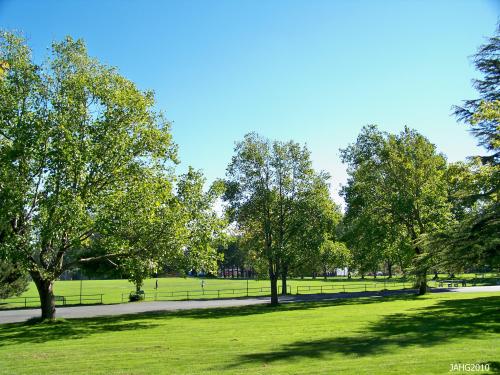
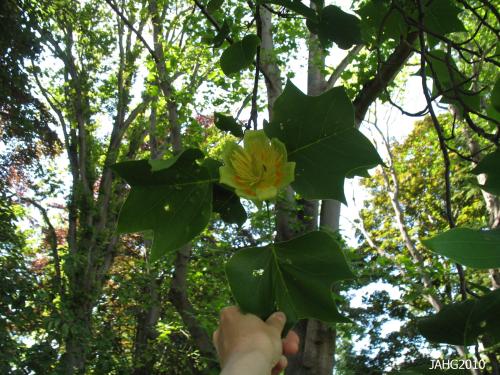
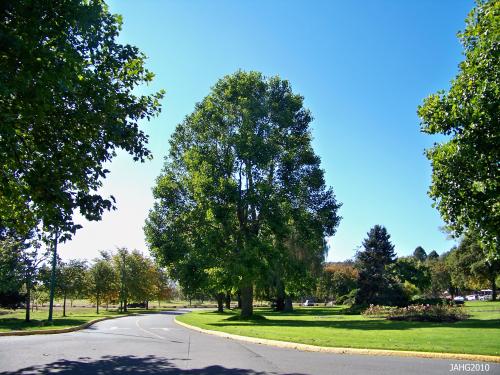
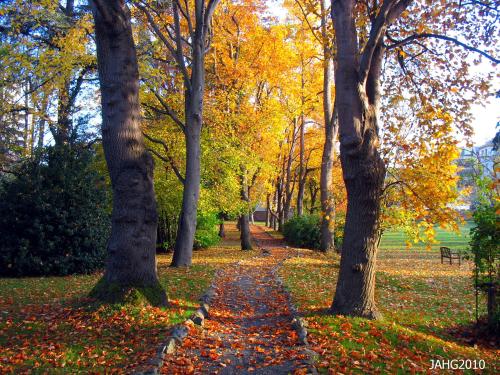
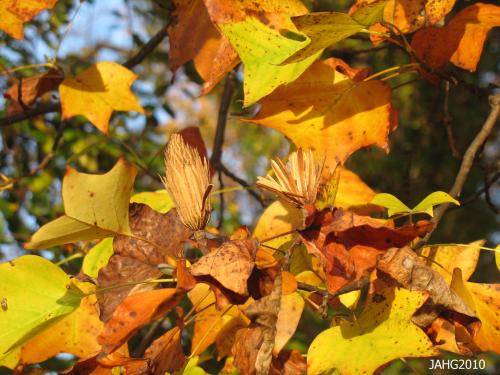
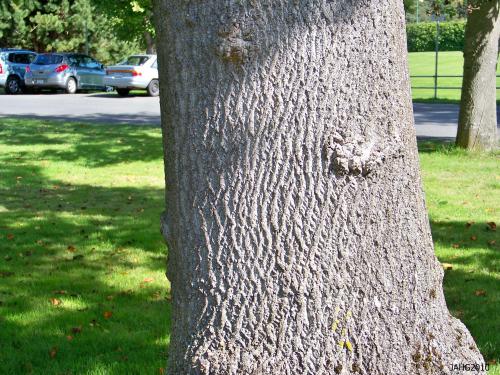





















 Stumble It!
Stumble It!






